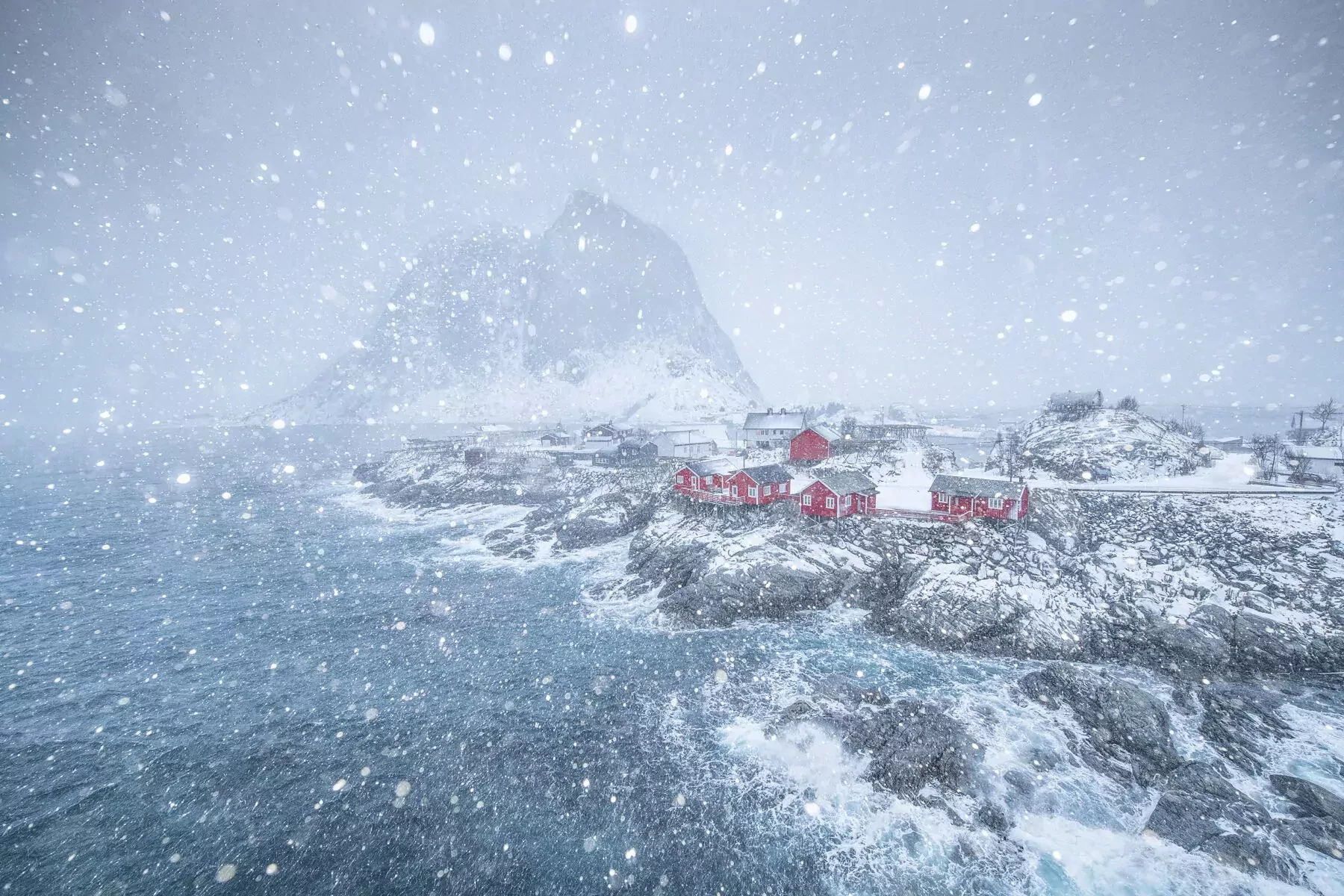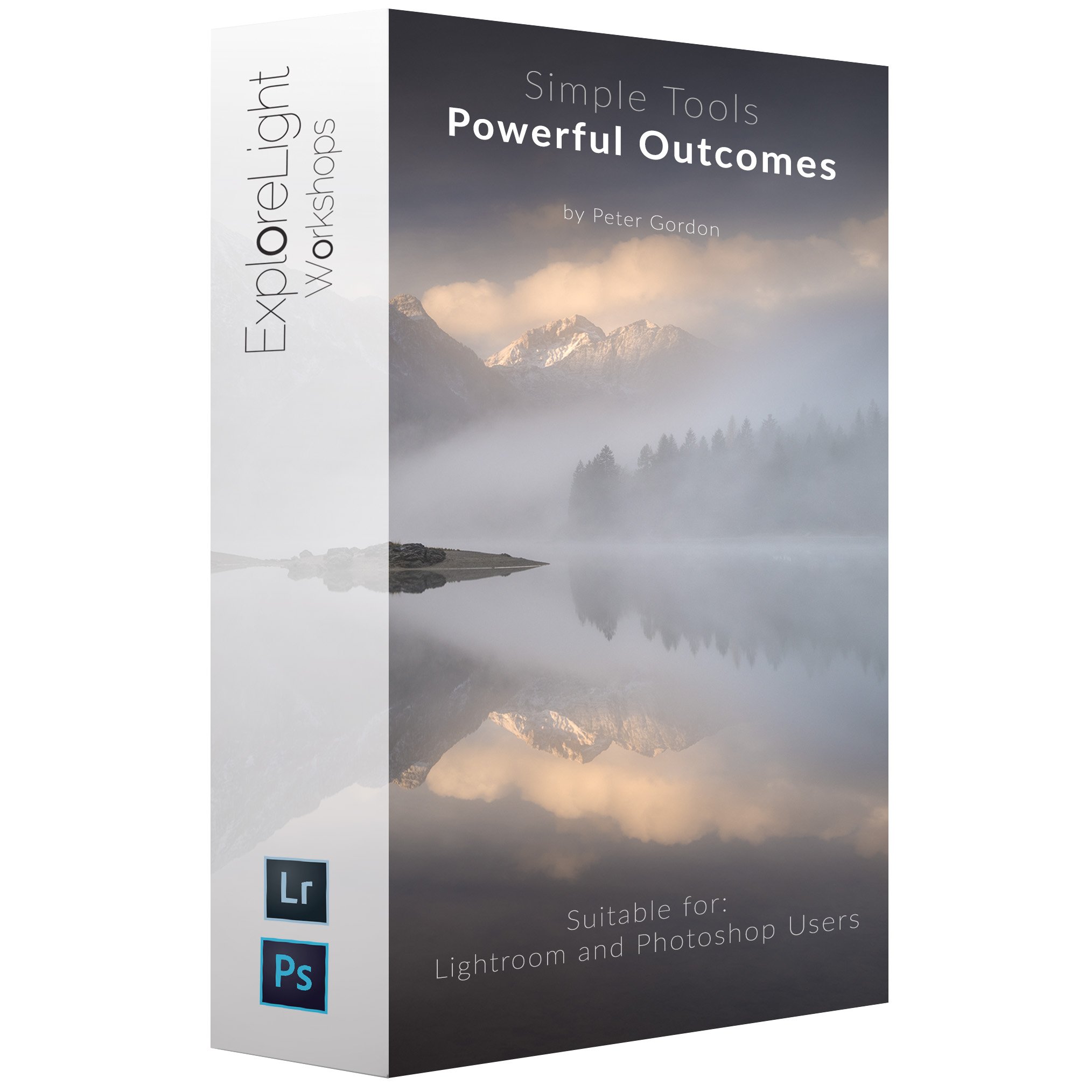Editing Philosophy and Creativity
Like most folks, I began down a road of post-processing from a purely technical perspective. As we struggle to master our craft, it can be difficult to see the wood from the tress. What does this slider do? What’s the brush tool? How do I adjust my images selectively? All valid questions. The answers, however, are essential and irrelevant in equal measure. Essential for the uninitiated, yet totally irrelevant for the real art of post-processing. We were all uninitiated at one point. Learning one’s craft is a process. I’m not trying to be dismissive of the technical pursuit of knowledge, the intricate study needed to really understand editing software intimately, or be unsympathetic to that large bloody hill that needs climbing. What I would like to say though, is that really great editing is not a technical exercise, it’s a creative skill.
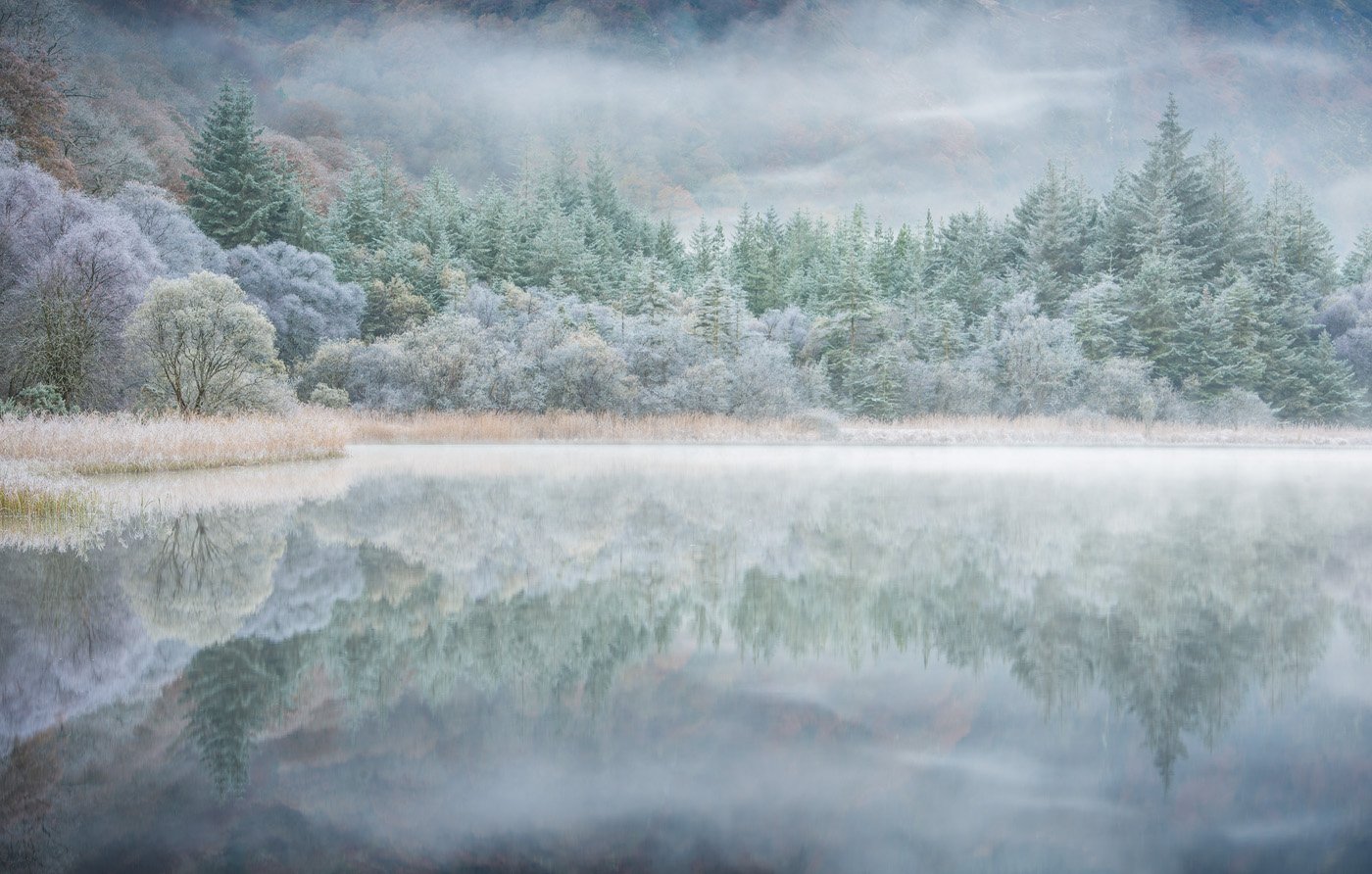
What’s more important? Knowing how to use the brush tool, or knowing what to lighten and what to darken with said brush? And let’s take that thought a step further. The why? Why am I using this brush? How does the application of this brushwork influence the viewer’s visual journey through my image? What do I want them to see? What do I want to disguise? What mood or atmosphere do I want to convey? Does the light in my image suit the processing style I’m pursuing?
It took me a long time to realise that editing, and more specifically my own post-processing technique, had become a creative skill. I really did very little reading and didn’t watch too many videos. I should have and I might have made more progress more quickly. I was too busy with workshops and travel and trying to squeeze personal shooting time in. But I was always editing. My pictures or yours. Corona has been a nightmare but I have appreciated the time to think and check in more frequently with what other people are doing. As I write now I realise that my thoughts, or at least how I communicate those thoughts, were on a parallel trajectory to many photographers out there. The time at home has allowed me to formulate my ideas, and absorb the insights of others that I hold in high regard. Alister Benn’s Vision and Light Series on YouTube has been especially enjoyable and I advise all landscape snappers to have a listen to that show.
What follows is hopefully some structured expansion. I don’t want to be misunderstood, you need to learn your craft, you must learn those technical skills. But don’t pursue technical skills above all else. Your technical skills should be used as a support structure for your creative vision. Not the other way around.
So here we go. 4 Concepts that makeup Part 1 in my new editing course.
Global Vs Local
Do you edit your images with adjustments that affect the entire scene or do you target specific areas of your files? Global adjustments take an all-over approach, where local adjustments target specific areas. From a creative perspective, my underlying philosophy is to do all the heavy lifting with local adjustments. Use your brush, graduated filter, radial filter, range masks, luminosity masks. Whatever, it doesn’t matter most of the time. It’s just a tool. Don’t get bogged down too much with the technical stuff. Just learn how to edit locally and allow these types of adjustments to be the basis of your editing philosophy.
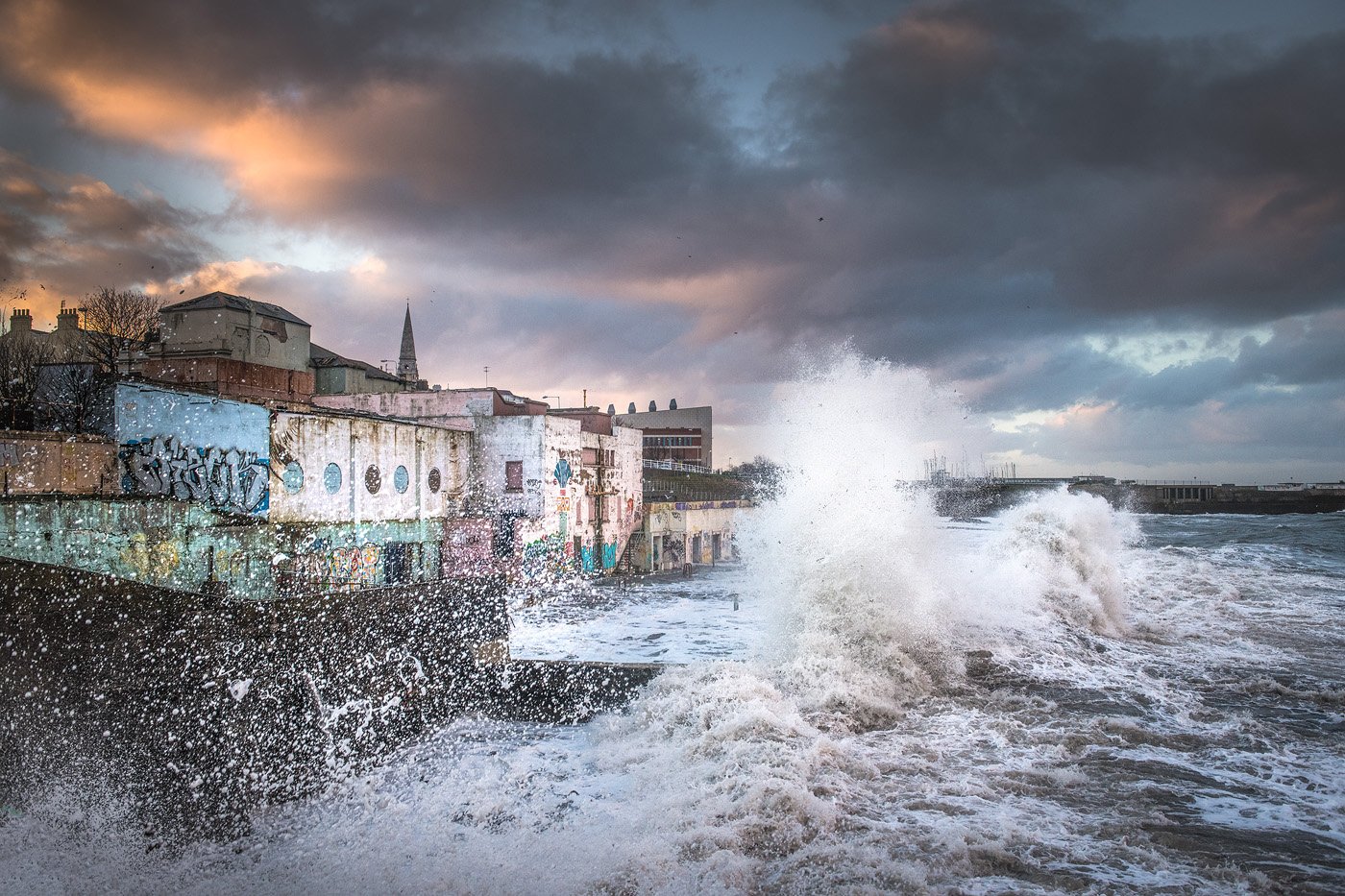
Go Slowly – Pacing is Key
I’ve often been in a room of students on a workshop working away editing an image form the trip. I can feel there’s good attention in the room and people are engaged without being amazed. Adjustment after adjustment built one on top of the other. Then hit the return to camera RAW defaults button and there’s the aahhh in the room. The image has been transformed from its RAW state into something much more interesting. People are genuinely impressed with the changes. But no one was amazed as I edited away. They only really noticed how significant the changes were when I reset the file back to its original state. And that’s the key point. Good editing for me is about building lots of small adjustments on top of each other. That doesn’t mean we need to edit every image for hours on end. It simply means that the final edit was a cumulative outcome that happened gradually, and there wasn’t one sweeping light bulb moment. I find adjustments are much more subtly blended together by adopting this approach and my images don’t look like they’ve been hit with a sledgehammer. Gently sculpt your images into position. Don’t hit them with a sledgehammer of aggressive adjustment.
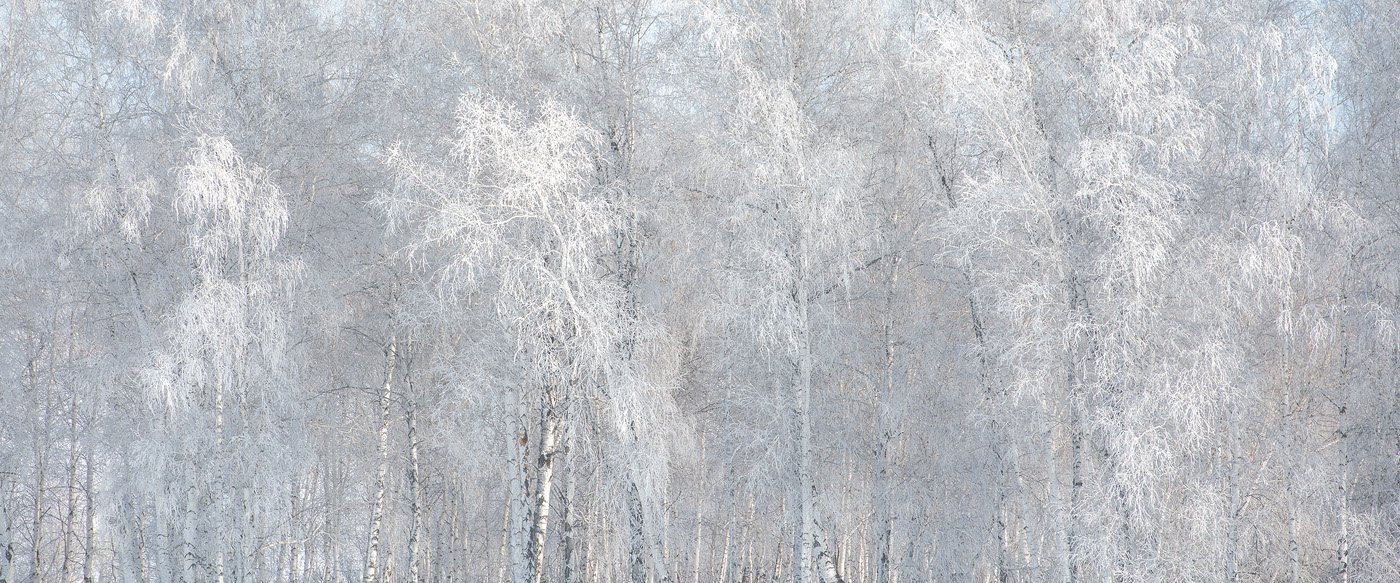
Vision, Editing Styles and Lighting
Don’t just go in there and pull every slider every which way hoping to get that magic result. There’s a reason anyone serious about their editing is not reliant on presets for their final outcome. Try to visualise where you want to bring a picture before you try to take it there. Now I’m Irish, so I have planned on heading to Keogh’s on more than one occasion and just couldn’t shake the Guinness in Grogans. While plans are never finite I always have a sense of direction at the outset. Your creativity will blossom when you analyze where you want to go before you worry about how you’re going to get there. Consider the lighting, the atmosphere of your RAW file, and marry that analysis to a direction that actually suits your content. It’s something we discuss numerous times in the course. Does the light of your subject suit the style you want to implement. There is always scope to break the rules but align your vision with the lighting, and expect to see great results.
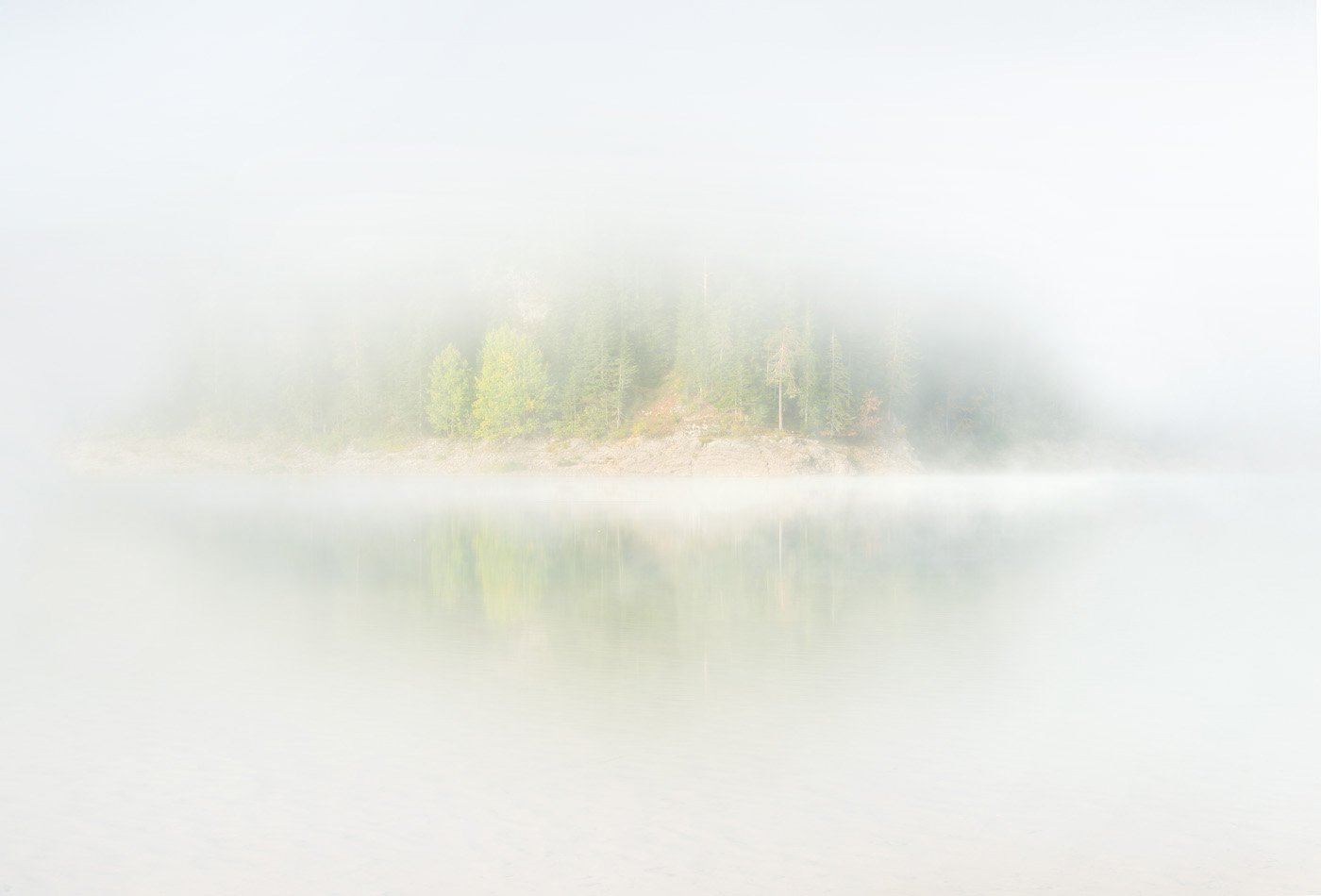
Directionality
I did feel a bit worried at one point that ‘directionality’ wasn’t even a word. It’s just a phrase I started using while teaching on workshops. I was trying to formulate an expression that described something I had been doing innately. In the coronavirus world I realise there’s much more talk around this topic then I thought. Depth for example. Whatever you want to call it, for me, what this concept means is that we try and direct people’s eyes through our images. We apply contrast, brightness, colour etc to areas we want them to look, and we often darken areas we don’t want them to see. The complexities of this point warrant more discussion but for simplicity, these concepts and lots more, help our images to have more depth, more shape, more directionality. Directionality creates a visual route map that we design for the viewer to explore our images.
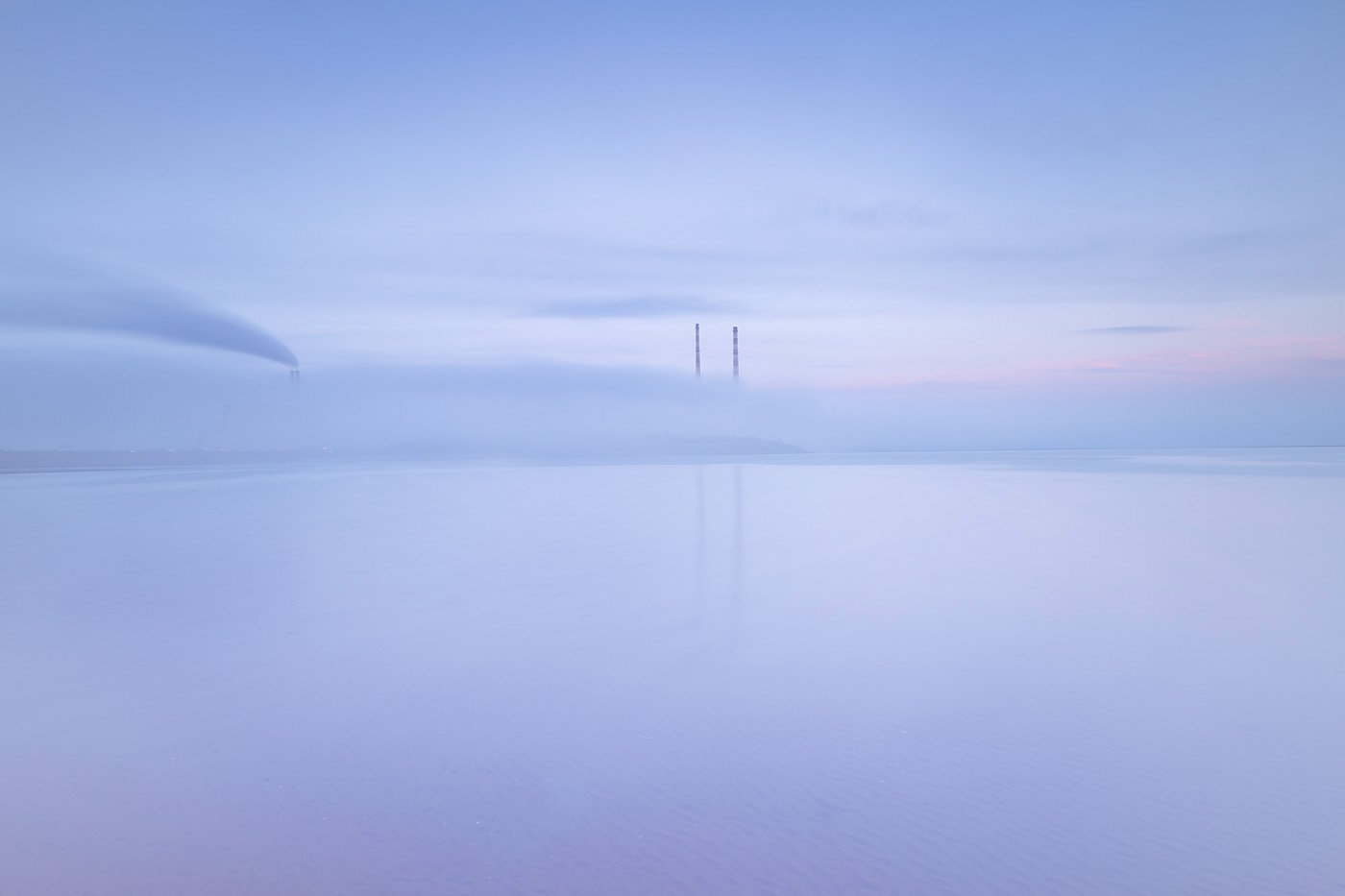
I hope these thoughts were useful for you guys and help you to make better edits to your images. Learn your craft but approach editing from a position of creativity and design and I genuinely believe your editing will improve dramatically.
If you want to learn more about these points and even all about all that technical stuff check out my new online course below.








